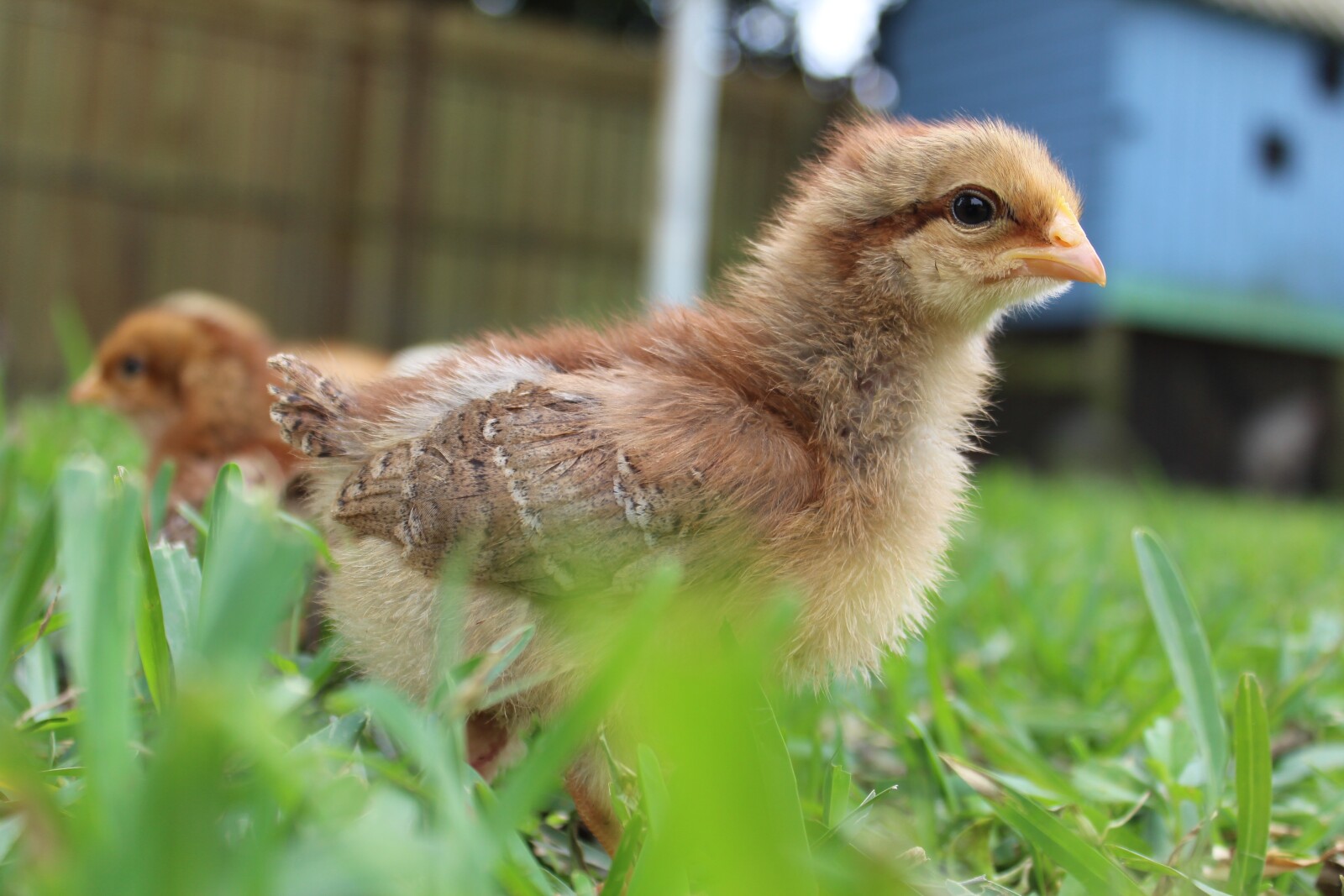
This pandemic and meat shortages have people scrambling to find their own meat sources. The easiest for most is backyard chickens. We have had our backyard flock up to 34 chickens in 3 coops. We don't live on a farm, just a 1/4 acre suburban lot. These little chickens are fun and easy and poop out breakfast!
Before you entertain the idea of having your own chickens, check your city's ordinances pertaining to farm animals. In our area, the only restriction is that they can't be allowed to get on the roads. Within the city limits nearby, you are allowed 3 hens, no roosters. If you can only get a couple, try for 3. Chickens are flock animals and get fail to thrive if they are the only ones.
The most accessible way to acquire your starter flock is to get chicks. If it is "chick season", there will be many places to pick them up like Tractor Supply or your local feed store. If it is out of season, your best bet is to order them online from a source like
MyPetChicken.com or others. You'll have a greater variety of breeds to choose from and they are shipped right to your post office! (Read to the end for a coop deodorizing spray!)
SET UP FOR YOUR NEW CHICKS
Brooder: Before you bring your chicks home, you'll need some kind of brooder set up. The minimum basics required to keep them healthy are a way to contain them, chick feed, water, and a heat source. We have used large storage tubs, a guinea pig cage, and a dog kennel. Change bedding, like pine shavings, often. If you use newspaper for the bedding, put shavings on top, or shred the paper to allow the chicks to have better footing. If not, chicks may end up with splayed legs.
Feed: Chick feed comes medicated or unmedicated. Make an educated choice on which you will get before they get home. Free feeding is the most common way to feed, but if you have a pest problem, feeding 2x a day works, too. If you get a feeder made for chicks, there will be less waste on the ground and no chicks that climb INTO the feeder.
Here is a set of food and water containers especially for chicks.
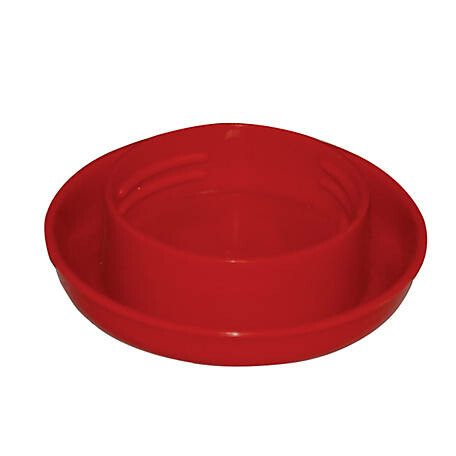
Water: For your water, you'll need to make sure that the chicks won't fall in and drown. Adding marbles or keeping the water in a very shallow dish will keep them safe like the one pictured here. Just add a quart jar and you're set. Right when they get home, I usually add
electrolytes to perk them up after their journey.
Here is a set of food and water containers especially for chicks.
Heat Source: Chicks cannot regulate their own body heat, so they need an outside heater to stay warm. There are 3 good options for a hen-free heat source. I have used each one for different groups of chicks and put the products in preference order.
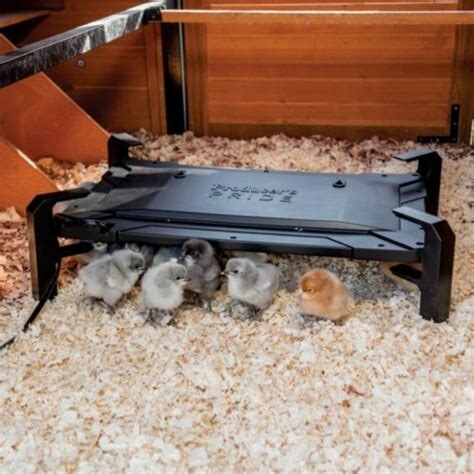
The first is a combination
brooder/heater that has been our favorite for the last 2 batches of chicks. SO easy and less likely to cause fires in the brooder or in the coop. The chicks go under it if they need heat, and step out to eat, drink, or cool off. The only negative about this product is that it is large and takes up most of our brooder box. We did have enough space for the food/water and a little area for them to "chill". There always needs to be space in the brooder so that the chicks can get out from underneath and control their body temperature.
This method mimics being under the mama hen and allows for quicker feathering.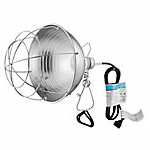
Next is the obvious
heat lamp. They sell them at all the feed stores and come with a clamp to keep it pointed at the chicks. Either get a thermometer to see how hot it gets where the chicks are or watch the chicks' reaction and adjust accordingly. When they are too hot, they will pant and move the farthest away they can. When cold, they pile up and sit directly under the lamp. As they grow, they will need less heat. Using a red bulb reduces the instances of them pecking at each other.
A third option, similar to the larger brooder/heater and especially useful if you have a small brooder, is a
heating pad. This is a fun way for the chicks to regulate their own heat. Make a little cave they can run under when they are cold. I used a
dish rack with a heating pad on the top. The radiant heat kept them warm enough and as they got a few days older, I covered the heating pad with an old cloth for easier cleaning. Make sure they have room to get away from the heat. This is the second method that mimics being under the mama hen and allows for quicker feathering, but takes more cleaning and checking than the first brooder. There wasn't a good way to keep the cord protected from the curious chicks.
Lastly, have your coop set up ASAP. Make sure it is big enough for all the chickens you'll have due to
chicken math. After the first week or so, handle your chicks so that they will be used to people and can be caught easier in the future.
Here is a bonus:
Chicken Coop Deodorizing Spray
Use a 16-ounce spray bottle
Fill halfway with white vinegar.
Add 25 drops of lemon essential oil.
Add water to fill and swirl gently to mix.
Use for cleaning nest boxes, roosting bars, and general coop cleaning.
Enjoy your chicken soap opera while you drink your coffee in the mornings. They are so entertaining!
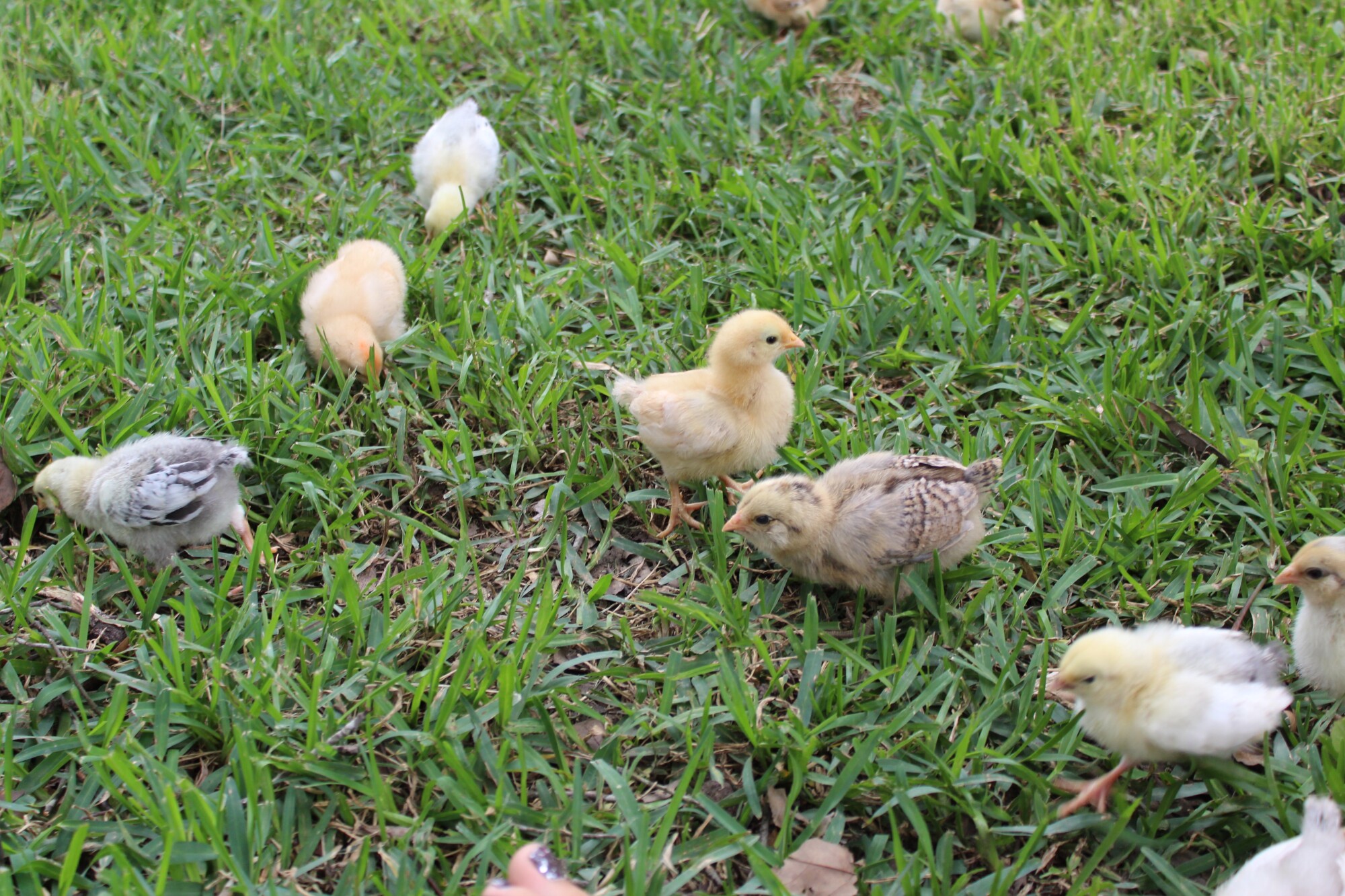


 The first is a combination brooder/heater that has been our favorite for the last 2 batches of chicks. SO easy and less likely to cause fires in the brooder or in the coop. The chicks go under it if they need heat, and step out to eat, drink, or cool off. The only negative about this product is that it is large and takes up most of our brooder box. We did have enough space for the food/water and a little area for them to "chill". There always needs to be space in the brooder so that the chicks can get out from underneath and control their body temperature. This method mimics being under the mama hen and allows for quicker feathering.
The first is a combination brooder/heater that has been our favorite for the last 2 batches of chicks. SO easy and less likely to cause fires in the brooder or in the coop. The chicks go under it if they need heat, and step out to eat, drink, or cool off. The only negative about this product is that it is large and takes up most of our brooder box. We did have enough space for the food/water and a little area for them to "chill". There always needs to be space in the brooder so that the chicks can get out from underneath and control their body temperature. This method mimics being under the mama hen and allows for quicker feathering.








0 Comments